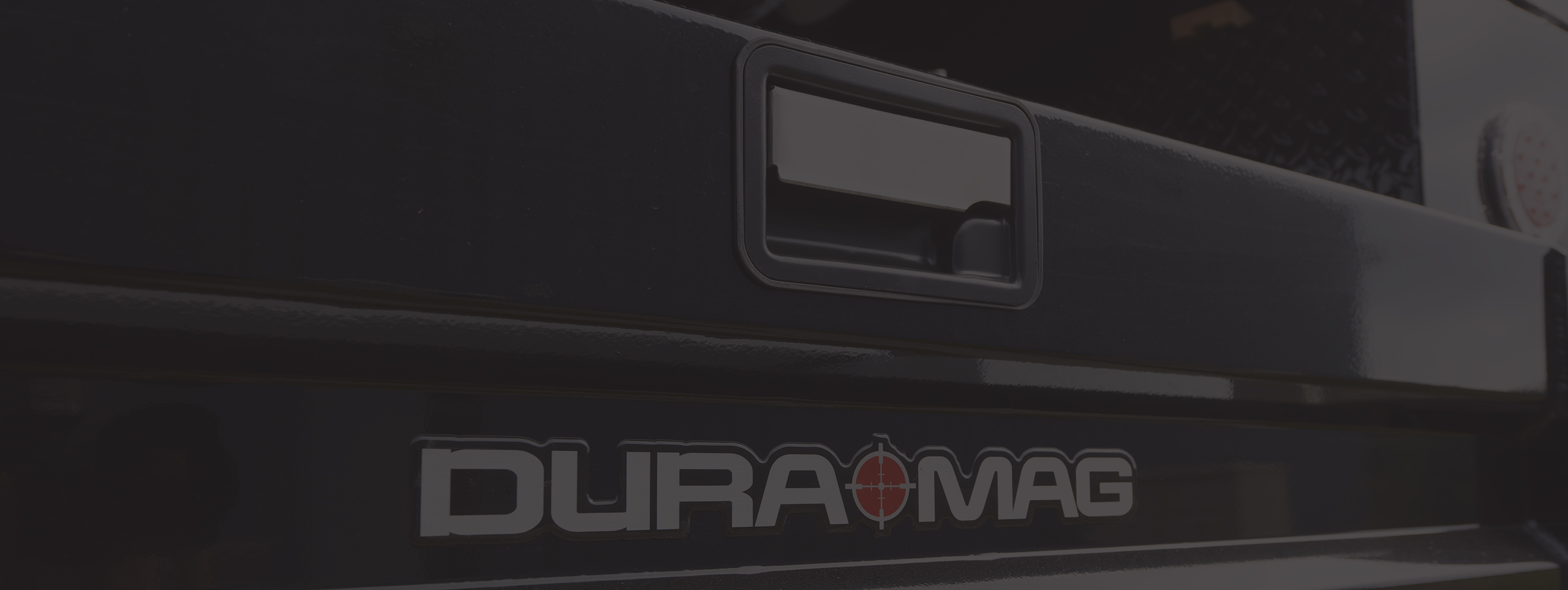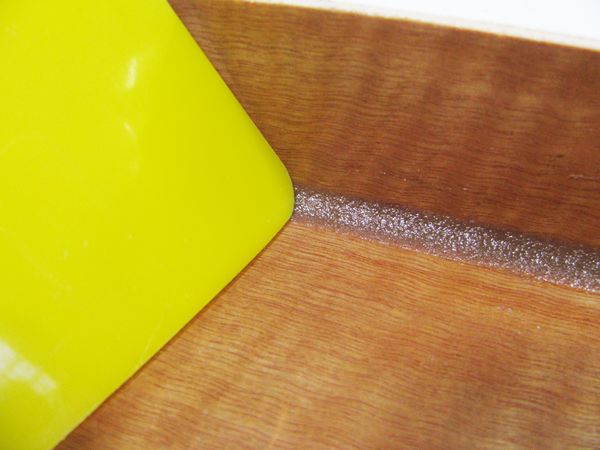I looked into that method because I liked the idea of a curved aero shape. I've never seen someone do it for a camper. Some drawbacks are: 1) It isn't insulated unlike a sandwich panel; you just have a single plywood layer. 2) Curved surfaces can be a PITA to build your interior around, and they reduce the amount of space you have with a fixed envelope (like 8' max width). 3) The boats that are built with this method are usually small, for good reason.
I am suggesting that he look at stitch and glue boatbuilding because it makes very good use of epoxy (adhesive) and is different than using only mechanical fasteners.
It would be quite easy to apply the concept of using simple mechanical fasteners to hold things in place while Loctite PL-Premium construction adhesive or epoxy sets up. It would also be quite easy to apply that same capability to making a frame, insulating with rigid insulation and skinning it with thin plywood.
You might want to look over Sam Devlin's website. He has been making good use of stitch and glue techniques on small and large boats for many years. The second edition of his book is supposed to be released soon, and, his first edition is still selling.
Visit the post for more.

devlinboat.com
Although not a truck camper, you might take a quick look at this stitch and glue teardrop trailer:
You might want to look over this truck camper where " The camper was constructed in similar manner that you would go about building a boat, just upside down. In terms of what makes it unique, essentially everything. From its bead-and-cove cedar construction to its double intersecting elliptical roof radius, down to its 12-part, segmented ring windows with “eyebrow” rain protection, there is nothing standard or expected at all.
In terms of material it’s built entirely out of wood, 2×4’s for the subframe, laminated plywood for the curved roof tresses, and bead and cove cedar to clad it with, and waterproofed with a fiberglass and epoxy." from:
When it comes to truck camper construction, wood gets a bad rap. That's too bad because when it comes to wood nothing is more beautiful. The key to wood

www.truckcamperadventure.com
One doesn't have to put lots of curves into a "stitch and glue" truck-camper. I have been thinking
a light and strong insulated rectangular box plus cabover, with interior cabinets/supports glued in to place for additional roof support, would be a useful camper for @ReluctantTraveler + family, and relatively easy to build for someone used to working with wood. 




